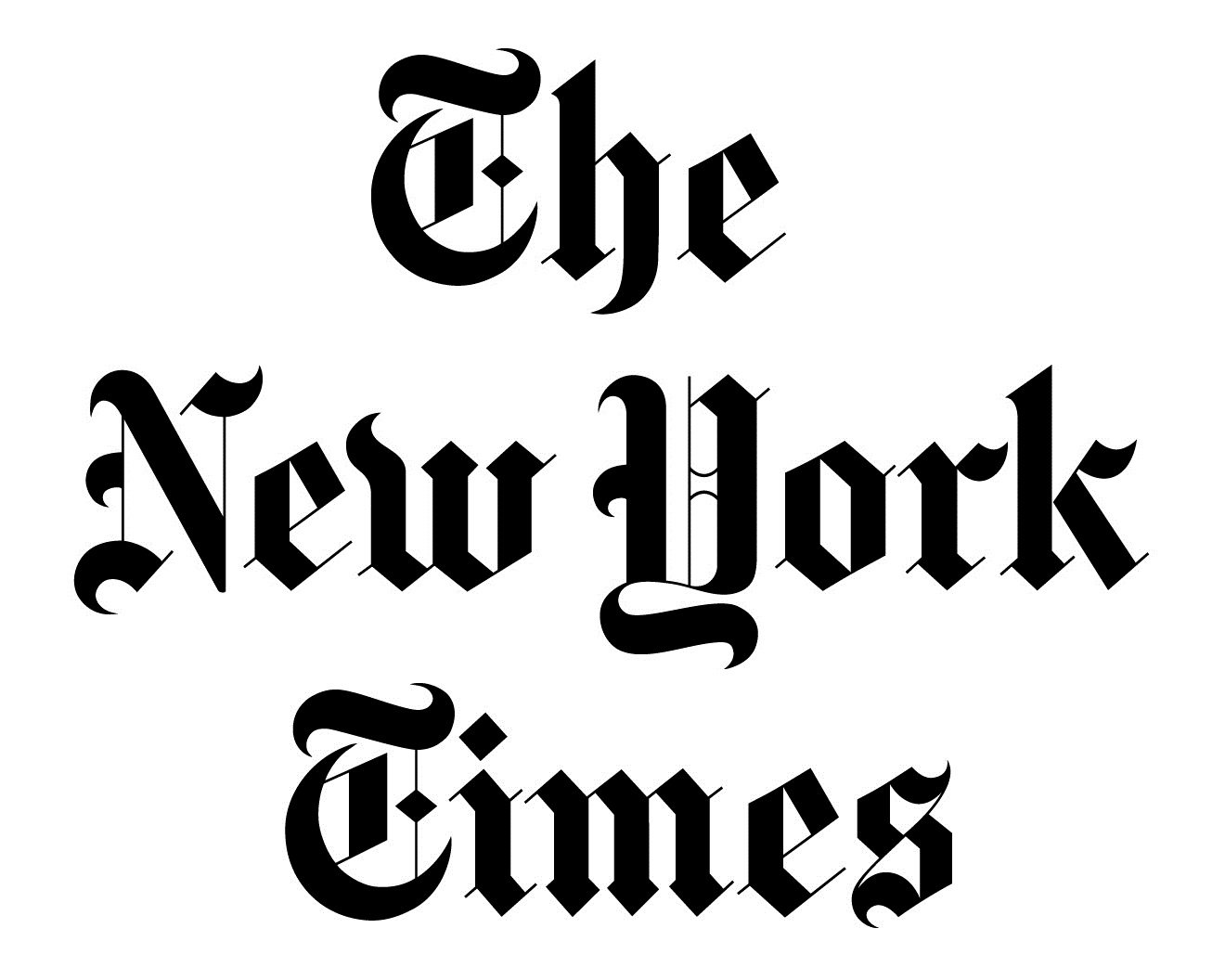Get Us PPE provided donated PPE at no cost to frontline workers and under-resourced communities from March 20, 2020 through July 2, 2021.
In addition to vaccines, wearing PPE is the most powerful defense against COVID transmission.
President Biden’s COVID plan used Get Us PPE data to demonstrate the PPE shortage crisis during the pandemic.
Requests for donated PPE poured in and Get Us PPE delivered as much as possible
Requests for PPE
total individual requests for PPE from March 20, 2020 through July 2, 2021
Donations Delivered
pieces of PPE delivered to frontline workers across the U.S.
Get Us PPE amassed the largest non-governmental database of PPE shortages in the United States to help our nonprofit organization get personal protective equipment to those most in need.
The PPE supply and demand disconnect explained
Did you know that even though manufacturers increased PPE production, it was not reaching many people and facilities in need? Here’s a quick explanation of the imbalance and where it had the largest impact on our nation.
Featured articles from Get Us PPE
 The Need for a PPE Clearinghouse
The Need for a PPE Clearinghouse
The Need for a PPE Clearinghouse
News outlets turned to Get Us PPE for factual information throughout the PPE shortage crisis










